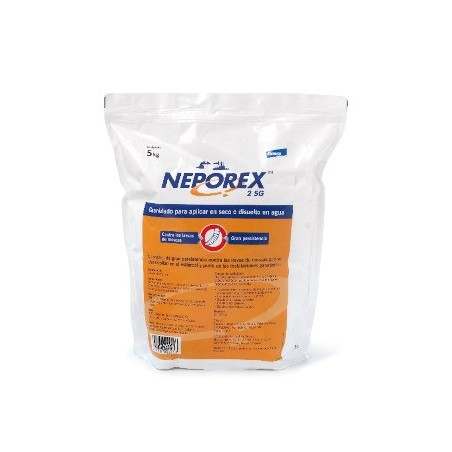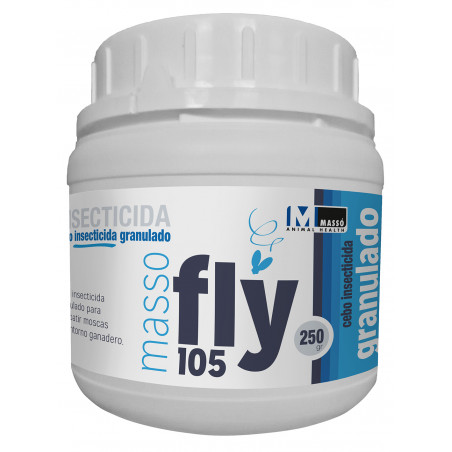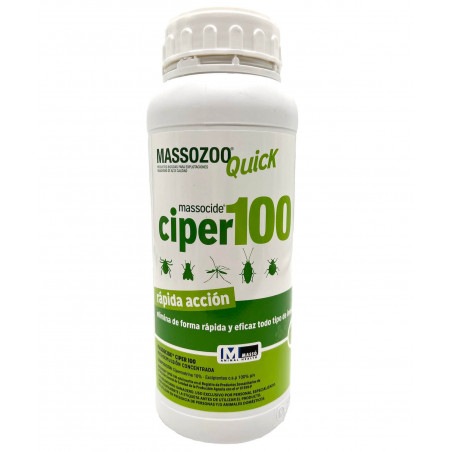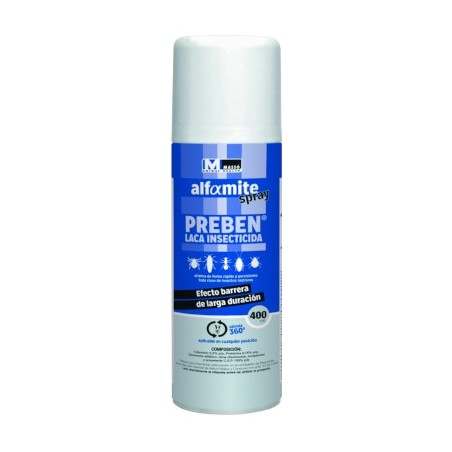Insects can be a sustainable feed ingredient in pig and poultry diets. The use of insects as a sustainable protein-rich ingredient in pig and poultry diets is technically feasible.
The most important bottlenecks before insects can be used at a large scale as animal feed ingredients are in the areas of legislation and the speed at which an increase in scale of insect production and cost price reduction can be realised. This is shown in a feasibility study by Wageningen UR, funded by the Ministry of Economic Affairs, Agriculture and Innovation.

Insects can be a sustainable alternative protein rich ingredient, particularly if they are reared on substrates of bio-waste and organic side streams. Insects are cold-blooded and can therefore efficiently turn low- grade bio-waste into high quality proteins.
Protein content of insect species
In the Netherlands there are approximately 18 relatively small-scale insect rearing companies that produce for zoos and pet shops. The end product can be insect meal or an insoluble protein fraction. The most suitable insect species for large-scale production are: Black soldier fly, Common housefly and the Yellow mealworm. The raw protein content of insects varied considerably among the insect species and life stages, but also within. The largest raw protein content was found for the pupae of the housefly (65.7% of the dry matter) and the smallest for larvae of the black soldier fly (38.9 % of the dry matter).
October 2012/ Wagweningen University/ Netherlands.
http://www.wageningenur.nl









